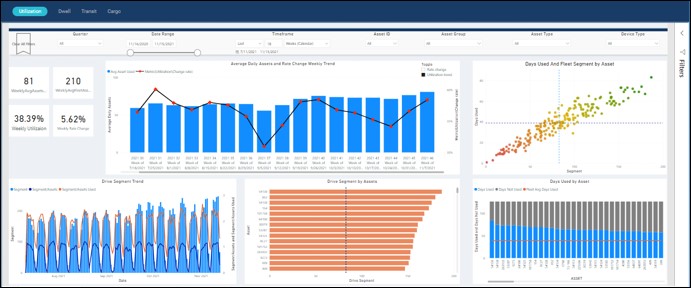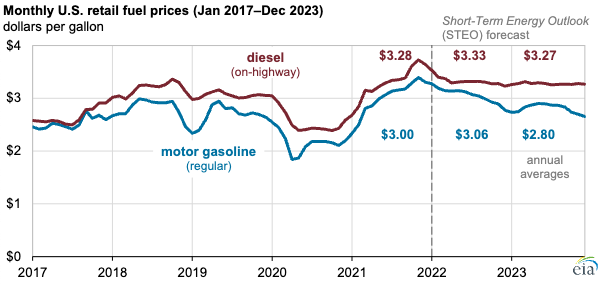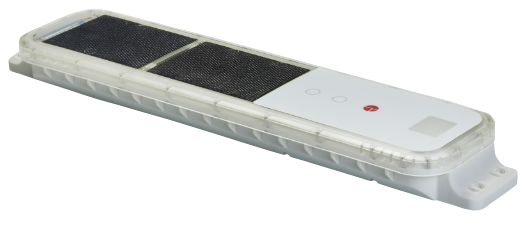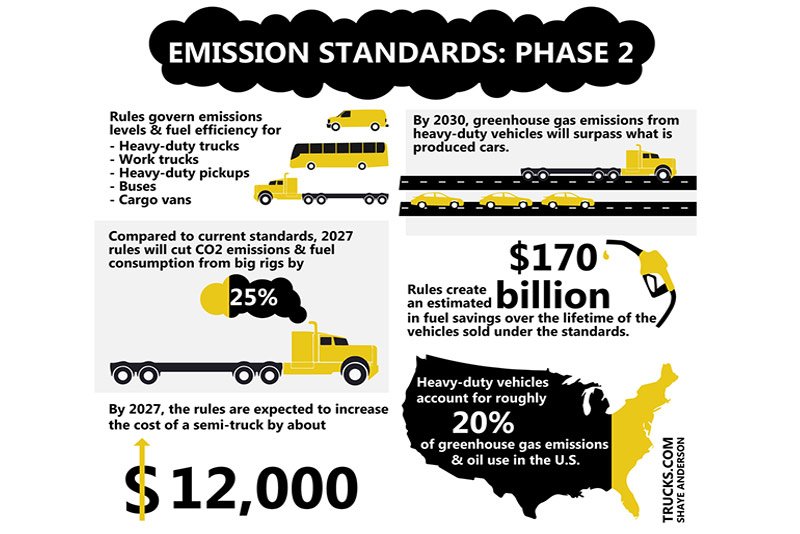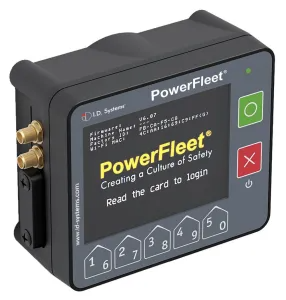How the 3G Sunset Will Play Out in 2022
AT&T phased out its 3G network on February 22, 2022, leaving unprepared fleets at risk for lack of ELD compliance and zero visibility. In addition, fleets lost real-time data from sensors, trackers, and other technologies installed across their fleet. The lack of historical data could skew analyses even after an emergency migration to 4G LTE.
T-Mobile sunset Sprint’s 3G CDMA on March 31, 2022, and plans to shut down its 3G UMTS network on July 1, 2022. And Verizon will shut down its 3G CDMA network on December 31, 2022. In the meantime, many carriers are repurposing spectrum in certain geographic areas, causing slowdowns and impacting connectivity well before these deadlines.
Fleets shouldn’t wait to take action and upgrade their ELDs and telematics to 4G LTE. In addition to connectivity issues, microchip supply challenges could cause a delay to critical parts required to make these upgrades. As a result, fleets that don’t take action now could face an emergency situation in the near future.
Let’s take a look at why and how you should upgrade your fleet to 4G LTE technology.
The 3G sunset will finish over the next few months at many large U.S. carriers—has your fleet made the transition? Share on X4G Lifespan and Benefits
Cellular connectivity has evolved over multiple generations. In the 1980s, 1G networks provided analog, voice-only services with 2.4 Kbps data speeds. 2G networks enabled SMS and MMS messages with a maximum speed of 50 Kbps. And 3G paved the way for video calling and mobile internet with a 384 Kbps moving data limit.
4G LTE networks ushered in a new era of capabilities with 500x greater speed than 3G networks. For example, moving vehicles can access rates of 10 Mbps (10,000 kbps). The 20 MHz bandwidth sector also has a peak capacity of 400 Mbps, translating to more available bandwidth per unit of geographic area, as well as greater availability.
While 5G networks are rolling out across the country, these networks aren’t likely to replace 4G LTE in the same way that 4G replaced 3G. Rather, 5G is building on 4G using updated radios and software to improve throughput while sharing capabilities. As a result, 4G LTE networks aren’t likely to phase out for at least another ten years.
These advances have numerous benefits for trucking:
- Extended Coverage – 4G LTE networks have greater coverage in rural areas with better network reliability than 3G.
- Faster Speeds – 4G LTE networks have faster data speeds and lower latency when initiating new connections.
- Compatibility – 4G LTE networks are more compatible with new technologies and, in many cases, have a lower long-term cost.
- Video Capabilities – 4G LTE networks enable higher data speeds that support real-time video, such as Powerfleet Vista.
The rise of 4G LTE networks also comes amid a surge in new fleet telematics technologies. For example, asset tracking devices offer advanced power management with solar panels, supercapacitors, and long-lasting primary batteries. And camera technologies provide high-definition images, providing visual proof of road and cargo conditions.
New sensors also provide real-time data showing door status (open/closed), environmental conditions in the cargo area (temperature, humidity, or shock), and the load status of trailers. The result is more accurate billing and evidence to support or deny claims, which in turn helps improve customer satisfaction and retention.
How to Migrate to 4G LTE Solutions
Many trucking companies are aware of the upcoming 3G sunset but still haven’t finished evaluating technology providers. Others have no budget to acquire new technologies or remain hopeful that carriers will push out their sunset dates. Some companies are even switching carriers hoping that the new one will have a later sunset date.
There are a few things to keep in mind when upgrading your devices:
- Identify your essential requirements, such as battery life, environment, security, voice support, throughput, and cost. Each device has different capabilities, ranging from simple sensors to telematic hubs.
- Assess how the upgrades might impact other technologies, such as your fleet management solutions. In addition, consider whether you’ll need training and support for dispatchers, customer support, and other personnel.
- Determine if you want to access new technologies, like Bluetooth, solar power, or video solutions. In many cases, adding these features during an upgrade is an excellent way to level up your capabilities without a lot of added cost.
In addition to technology selection, you should have a technical migration plan in place—even if you have a small fleet with few drivers. For example, you need to catalog how many legacy 3G devices are in the fleet, archive your legacy data, and coordinate the shipping, receiving, and installation of the new telematics devices across your fleet.
The actual installation takes between 15 and 30 minutes per device. Of course, you must also ensure that drivers, dispatchers, and managers know how to use the new devices to avoid any miscommunications. As a result, you may need to budget time for a training session for these individuals and ensure that they are ready when the new solutions go live.
Consider Partnering with an Expert
The 3G sunset is imminent, and planning a large-scale deployment can be stressful on short notice. At this point, the easiest option for most fleets is working with an experienced partner that can help select the proper devices, plan out a deployment, and provide all of the extra installation and support that you need to get up and running on time.
Powerfleet provides a broad range of 4G LTE-compatible solutions across all asset types, from intermodal equipment to in-cab solutions to trailer and reefer to cargo visibility. With over 20 years of experience in telematics, we have helped transition customers from analog to 2G and 2G to 3G and understand the unique challenges these processes present.
Powerfleet’s team approach can help you devise the best plan to update your fleet, while our implementation team can walk you through the upgrade/rollout (e.g., uninstall and install) process. We also design, develop, and manufacture a wide range of product options, providing you with the flexibility to address every need with one provider.
The Bottom Line
3G networks have shut down across the U.S., paving the way for next-generation 5G networks with better speeds and connectivity. As a result, fleets using 3G ELDs and telematics are experiencing a loss of connectivity until they upgrade to 4G LTE-compatible devices. These newer devices can help not only restore connectivity, but boost performance and asset visibility.
Powerfleet has over 20 years of experience in logistics telematics with more than 125,000 devices in the field, spanning in-cab ELDs, reefers, containers, chassis, tankers, flatbeds, and much more. With experience transitioning from analog to 2G and 2G to 3G, we understand the unique challenges of implementing devices when you cannot stop operations.
Contact us to schedule a free consultation and learn how we can help ensure a smooth transition.


